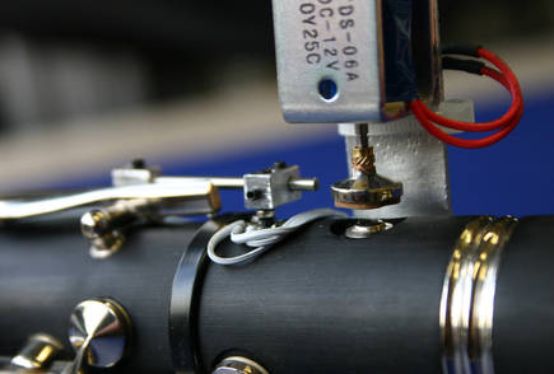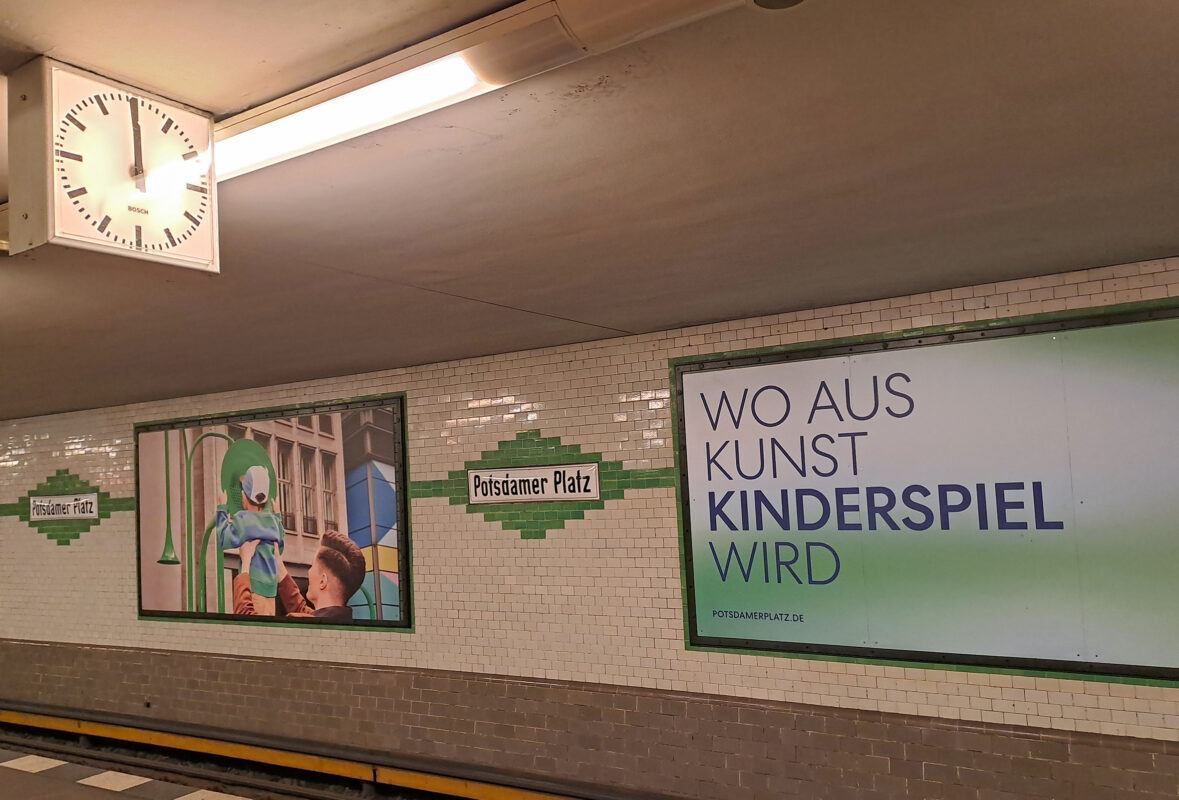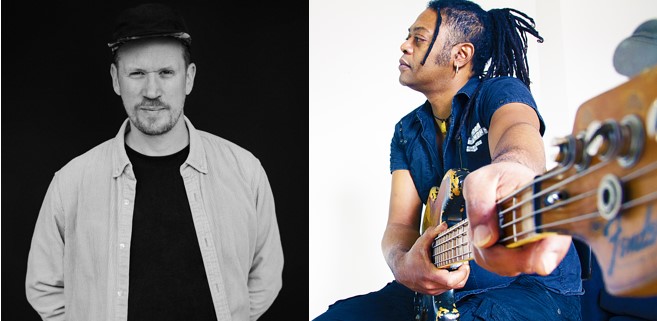HKB works on new double bass clarinet
The Swiss Federal Funding Agency CTI (Commission for Technology and Innovation) has approved the interdisciplinary project "Contrabassclarinet Extended". With Segelke+Partners as a practical partner, Bern University of the Arts and the Department of Technology at Bern University of Applied Sciences are developing a new contrabass clarinet into a prototype ready for series production.

The new contrabass clarinet is intended to overcome the instrument's lack of tonal and technical quality under a "radically new premise": by replacing the traditional mechanics with sensory-dynamic keys and motorized keys, there is no longer any need to compromise on the placement of the tone holes, writes the HKB. Sound and intonation would be significantly improved and new interfaces for composers and performers, and even for media art, would be created. Ernesto Molinari's project is headed by Roman Brotbeck.
The HKB has also been invited to take part in the EU project "Experimentation versus Interpretation: Exploring New Paths in Music Performance in the Twenty-First Century" of the European Research Council & Orpheus Institute, Ghent. SNSF professor Kai Köpp will act as a permanent expert and contribute to the project with a study of historical recordings from the Schönberg circle.
A new SNSF project, successfully submitted by Thomas Gartmann, head of research at the HKB, explores how Beethoven's piano works were received in the long 19th century: two closely interlinked dissertations examine from both ends how interpretative practices changed and developed after Beethoven's death and thus to a large extent still shape our image of Beethoven today.
Leonardo Miucci takes Ignaz Moscheles' diary entries, letters and piano schools as his starting point and compares the two major Beethoven editions that he produced in the 1830s for the English market and twenty years later for the German market. Manuel Bärtsch evaluates recordings with Welte-Mignon rolls and early acoustic recordings and contextualizes them both historically and aesthetically. Both studies focus on articulation, dynamics, agogics, pedalization, (transposition of) performance markings, tempo and metronome markings.








